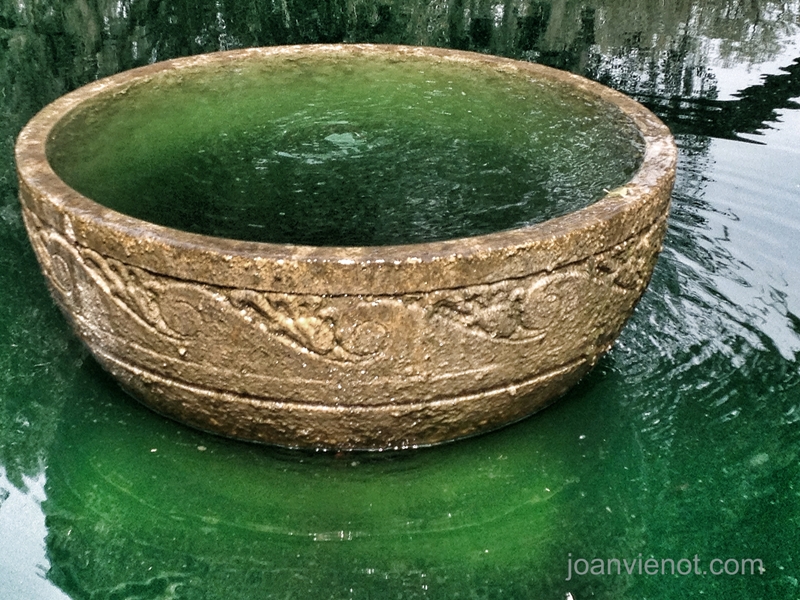
| .. |
.Mark Gould’s10 Rules for Being a Professional Artist…………1. Creative efforts take priority over other activities whenever possible. 2. Simplify all aspects of life in order to think and act creatively. 3. Ensure the creative process is always challenging and enjoyable; always balance a risk of failure with the potential for success in order to keep efforts honest and engaging. 4. Be the eternal student, always willing to learn. 5. Welcome other opinions—good, bad or indifferent —but never relinquish final judgment to another. 6. Seek out people who are positive in their approach to the creative process and welcome their constructive critique. Avoid negative people and their attitudes, even when personal sacrifice is required. 7. Think before committing time, money or other resources to any future aspect of the creative endeavor. Be certain that both feeling and logic regarding the decision are sound. 8. Release to the public only those works that are fully “competent and satisfactory,” those that are properly executed with a high degree of creativity. 9. Never become problematic for any gallery or collector. Be sincere and forthright in all gallery dealings. Require absolute honesty in return. 10. Be truthful and self-aware in regard to your creative efforts. Only then can artistic vision be trusted and improved. |
My coach suggested that I look up the 10 Rules for Being a Professional Artist by Mark Gould, published by the Artists’ Network. She regularly suggests reading a particular book or this reference or that article, to help me to think outside of my immediate box. It’s not easy, this business of changing my life. Epiphanies are happening right and left, as I discover yet more boxes I’ve been living in, which define and limit me. A very difficult realization happened just yesterday, and that is that for more than 50 years (yes, telling my age), I’ve had my mother’s voice echoing in my head, telling me to finish my chores before I start drawing again. Since I was for the most part an obedient littl girl, this Rule evolved into an unproductive lifestyle, artistically. I do chores very well, and I am very good at finding new chores that need to be done. But I have to be honest. Certain tasks and chores are useful for maintaining a grounded life — one must pay the bills, after all, and basic housekeeping is a must. But my idea of doing-the-chores spread into my method of running my non-art business, and essentially took over my life. In recent years I have carved out some time and space for doing art, but yesterday I realized that I have to create a completely new psychological construct, one in which it is not just permissible, but required, to do art before all my chores are completed, perhaps to do all the art I can before doing any of my chores. There probably is no danger in the latter ever actually happening, because the chores-first pattern is so deeply embedded. But to break the habit, I will need to try to go overboard the other direction. Since my goal is to become a full-time artist at least two days a week by the end of this year, then that still allows a lot of time for chores, including running my non-art business.
I am adhering to none of Mark Gould’s Ten Rules. Some I might possibly be making some progress towards. But others don’t make sense to me, or I downright disagree with, as I try to hide from the light they are shining on my life. Certainly, I often have broken Rule #8 within my blog, showing the public many incompetent or unsatisfactory works, as befits my purpose in writing this blog, which is to share the artistic process, including the stops and starts and do-overs. Sharing my less-than-totally-satisfactory works has made me less self-conscious. It also has made me much less of a perfectionist, a crippling condition which can prevent an artist from ever showing their work. But I understand Rule #8. Though very public, a blog is not actually a “release” of art as would be an exhibit, where I would expect the viewers to come dressed in something other than their pajamas, my usual casual attire when I am drafting and publishing a new post.
I probably should write my own Ten Rules for Being a Professional Artist, and see how they evolve as I become one.
I don’t want to publish a post without an image attached, so here’s my image for today, a big overflowing bowl in the reflecting pool at Eden State Gardens in Point Washington, Florida, shot with my iPhone. I loved the greens. I loved the movement of the water. I loved the reflections.
Most of my images are available for purchase. Contact me if you are interested. — Joan Vienot






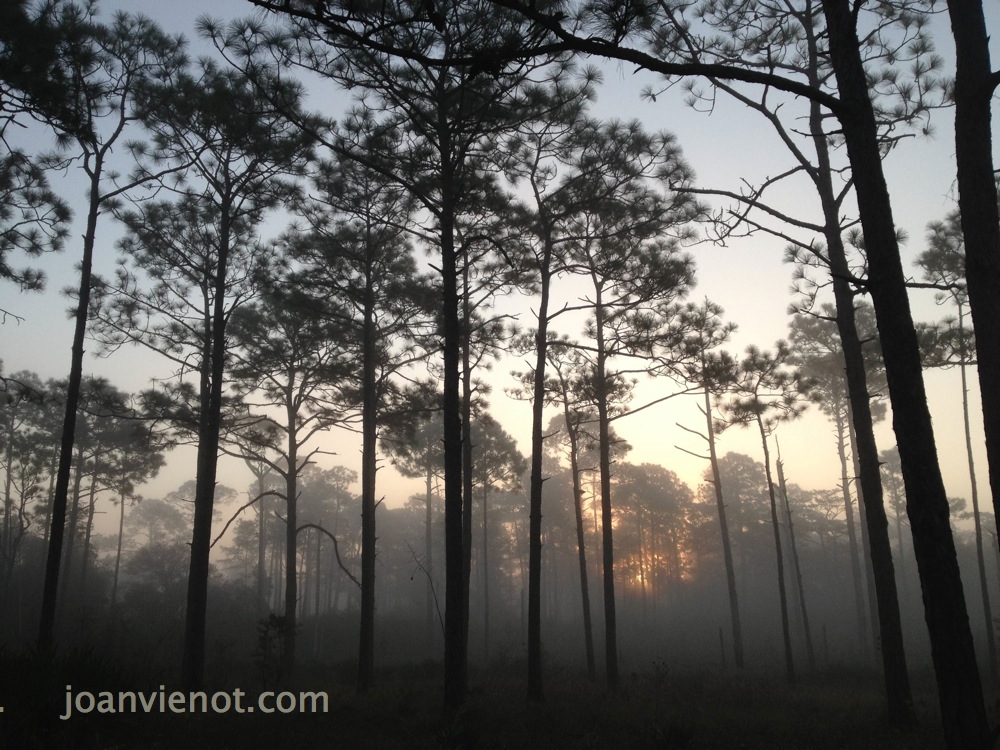












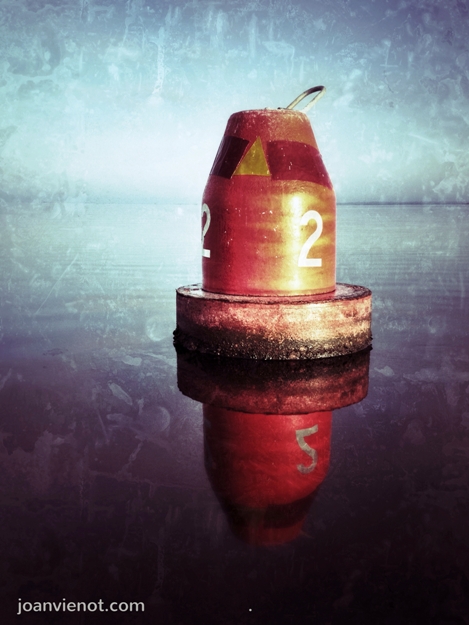


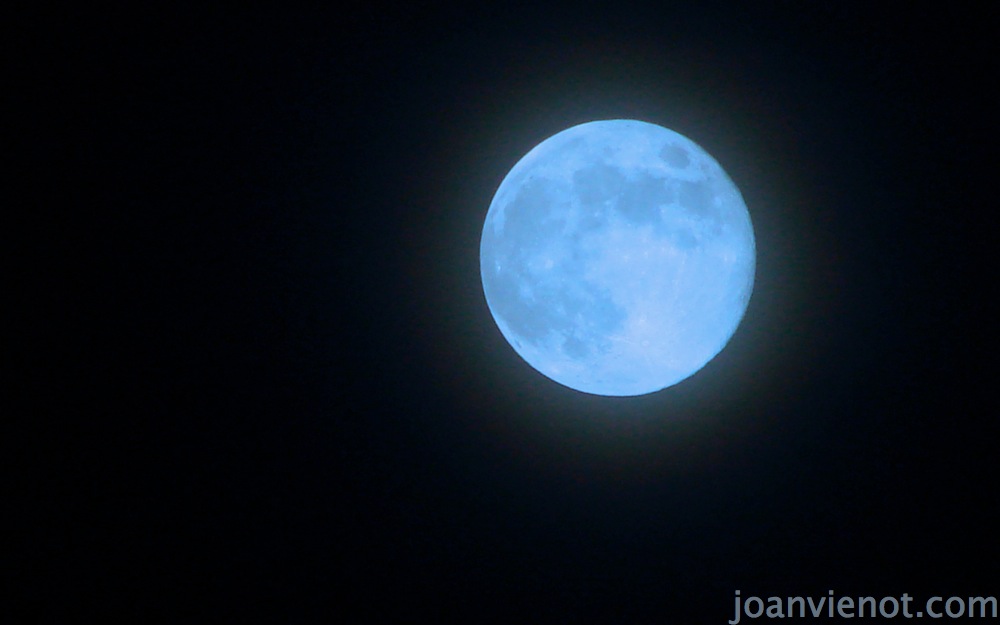

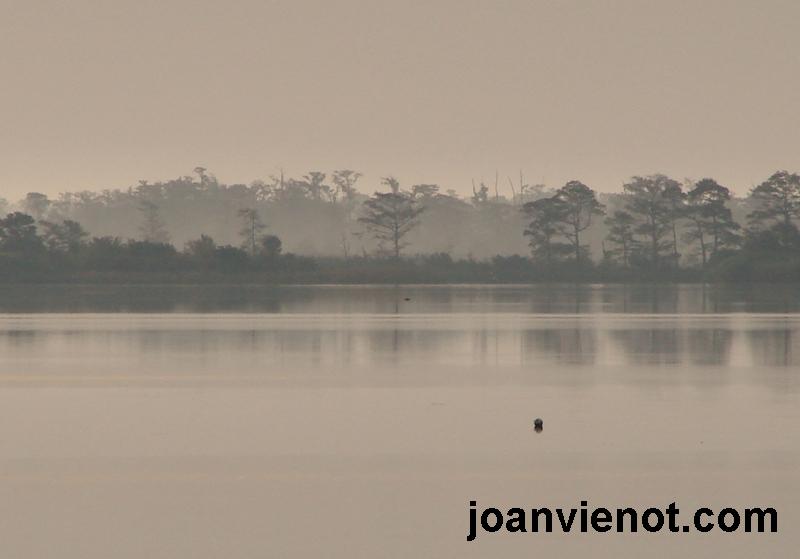















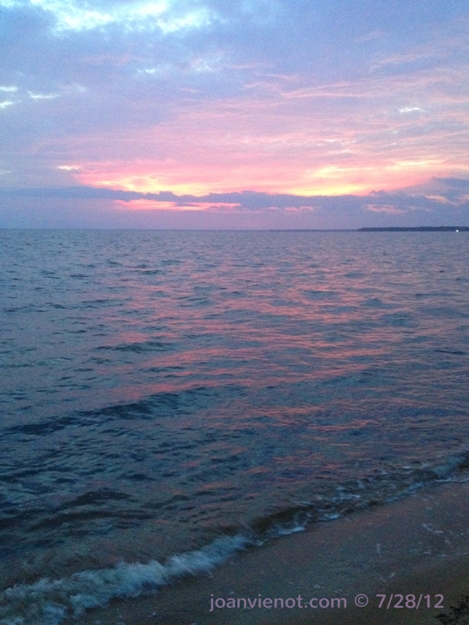
 I know I really need to watermark my photography and art that I am posting on the internet, even including work posted here on my blog. I was reminded of that last week when graphic artist and printer Alison Bailey, of
I know I really need to watermark my photography and art that I am posting on the internet, even including work posted here on my blog. I was reminded of that last week when graphic artist and printer Alison Bailey, of 

 I haven’t posted anything for a couple of weeks. Lest my readers think I have fallen off the earth, I haven’t, and here’s proof, a photo of me right now, working on my computer, early in the day, still in my PJ’s. 2500 miles away from my home, I am in British Columbia shooting photography and video for friend and fellow stand-up paddler, Leslie Kolovich, the host and producer of
I haven’t posted anything for a couple of weeks. Lest my readers think I have fallen off the earth, I haven’t, and here’s proof, a photo of me right now, working on my computer, early in the day, still in my PJ’s. 2500 miles away from my home, I am in British Columbia shooting photography and video for friend and fellow stand-up paddler, Leslie Kolovich, the host and producer of 